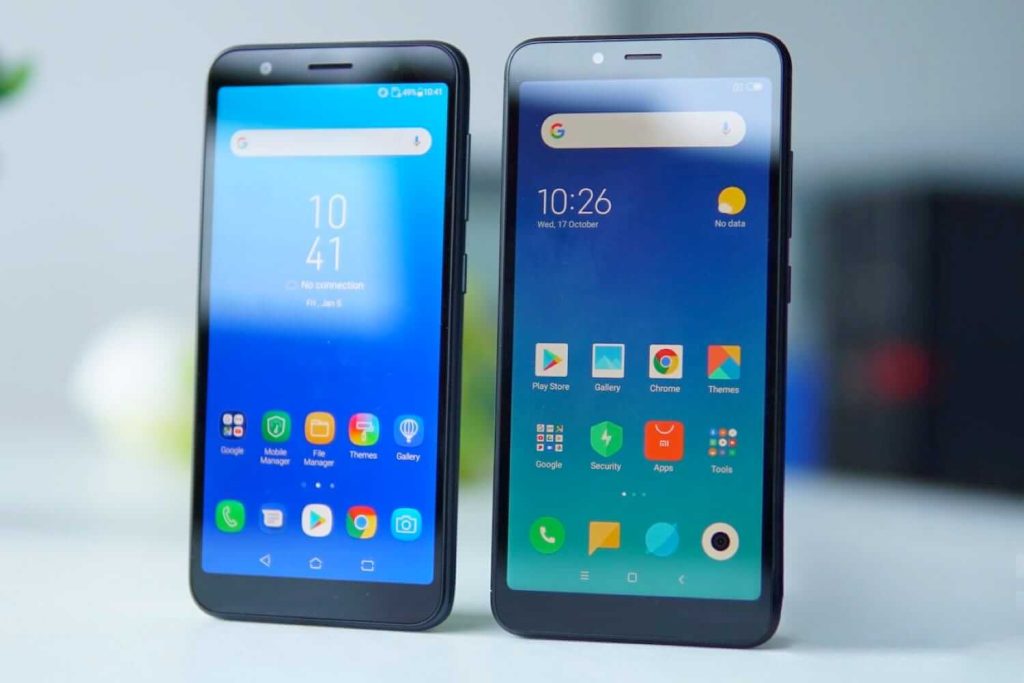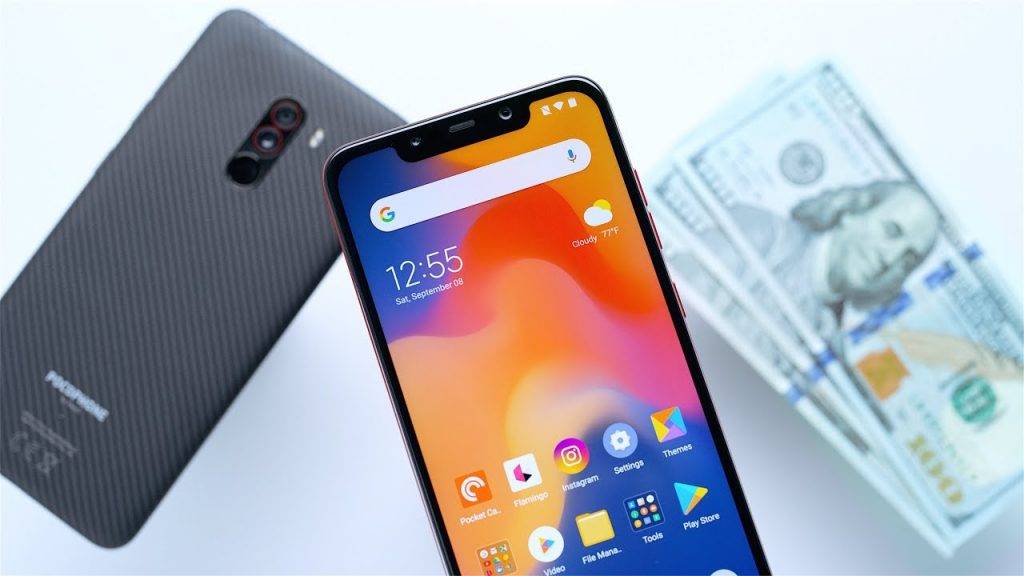The brand Xiaomi might not be at the fingertips of a good number of Kenyans, neither is it a name that easily rolls off the tongues of most but it’s a brand that has a promising future, especially with its massive lineup of affordable smartphones and smart home appliances as well as accessories.
Outside Africa, especially in India, Xiaomi is a household name. The brand is among the top five best selling smartphone brands and has been so for quite a while now.
But we’re not here to highlight how great the brand is, on the contrary, we’re here to highlight all the mistakes that Xiaomi has made in Kenya and how these repeated mistakes keep hurting the prosperity of the brand.
Welcome to Africa
Back in 2015, Xiaomi announced its plans for a massive expansion spree that would see the brand penetrate into regions like Africa. With this announcement, came the first hurdle which was a trademark lawsuit filed by Mi-Fone, which was selling “Mi” branded smartphones in Africa, a similar brand name to Xiaomi.
The lawsuit did delay Xiaomi’s plans, however, with the universe seemingly in favour of Xiaomi, Mi-Fone ran out of business, paving way for the Chinese giant to take the market without any branding drama.
Crippled partners
In 2016, Xiaomi announced that they were launching in Kenya in the month of March. The company had partnered with Orange (now Telkom Kenya) to sell the devices across their stores and this was the first mistake.
See, Orange was already struggling. The telco was losing customers and the result of partnering with a crippled telco was Xiaomi slowly and quietly exiting the Kenyan market after launching just two phones.
And these two phones take us to the next error of the brand.
Outdated devices
When Xiaomi partnered with Orange, they brought in the Xiaomi Redmi Note 2 and the Redmi 2 Pro, both of which had been available in the international market for about 6 months. It’s not that Xiaomi had not launched other phones, no, it’s just a bad decision made on the side of the distributors to bring in outdated phones and sell them at considerably high prices.


Xiaomi Redmi Go (left), Xioami Redmi 6A (right) | Image Courtesy Xiaomi
Even when the brand returned to the country in 2018 after a short hiatus, the trend of selling outdated phones continued. Despite the fact that there was a new independent distributor and Jumia as their partner.
As of publishing this article, Xiaomi has 7 different smartphones on sale in Kenya, 6 of which are quite old in the market.
Then the delays
See, incompetence has different ways of showing itself. With the new distributor, we thought Xaomi’s presence in Kenya would actually be felt. Tech writers sent out warnings to other brands to be wary of the new kid on the block and it made sense in doing so.
This new distributor, unlike Orange, had a vision of what the local market wanted. So first, the prices were kept as low as they could get which was a great thing.
This was followed by the promise of delivering the latest devices to the Kenyan market, something that consumers were longing to hear.
For instance, Xiaomi promised to bring in the Pocophone F1 by end of August 2018, this then changed to the beginning of November but the device later came in December, albeit in very limited quantities. That’s four months of delay.


Image Courtesy MKBHD
Then came the Redmi Note 7. Xiaomi initially promised a March 2019 launch, which was missed and April was promised. The device finally launched in June 2019, three months from the initial set launch date.
After all this, this said distributor threw in the towel. Maybe the sales were not good enough or maybe the market was different from what was expected. With resilience, the Xiaomi brand was picked up by another distributor. This time around with bigger promises, we were not only getting smartphones but actual Xiaomi physical stores in Kenya.
True to it, the stores were launched but after a 4-month delay from the initially promised launch date.
[infogram id=”xiaomi-kenya-1h17491ywlel6zj” prefix=”ddp”]
It doesn’t look good
Even with the physical stores in place and excitement from a few who know what Xiaomi stands for, things are not looking too great for the brand.
We cannot speak in terms of sales but brand recognition has not improved. Yes, here we have a company that sells everything from pens to toothbrushes, bags, vacuum cleaners, earphones and smartphones but the target market is quite limited.
Aside from enthusiasts, who the company is slowly losing thanks to the delays, no one else seems to recognize the brand. We get it, Xiaomi started out as an enthusiasts brand but things have changed. It’s been proven that enthusiasts kill a brand while the mass market brings in the sales.
The company’s continued focus to remain an enthusiast brand, especially in Kenya, will end up killing the same brand we so love. On that note, where the Mi TV Xiaomi?
In the words of Dickson Otieno, “unless Xiaomi invests time, resources and quickly bring their devices over here… they’ll continue to be a company we admire while using other companies’ gadgets.”


Comments